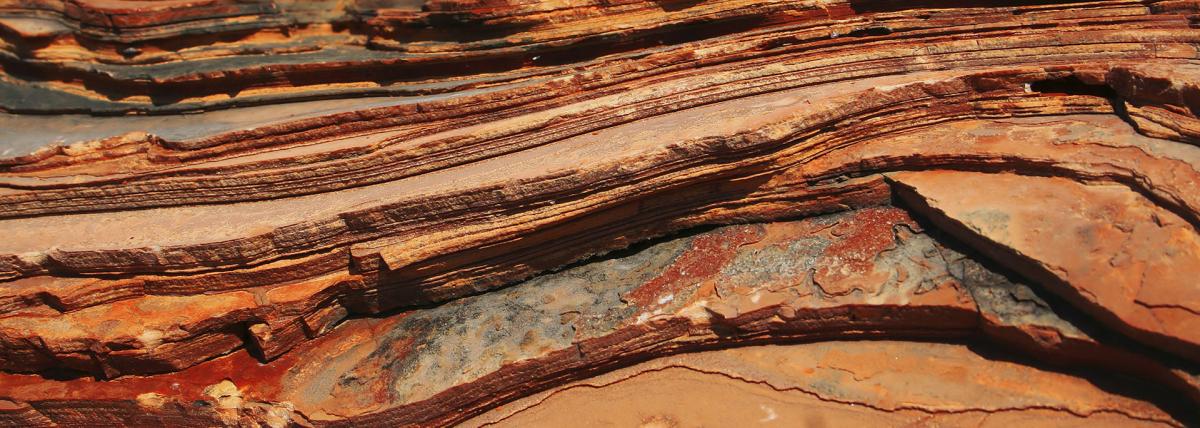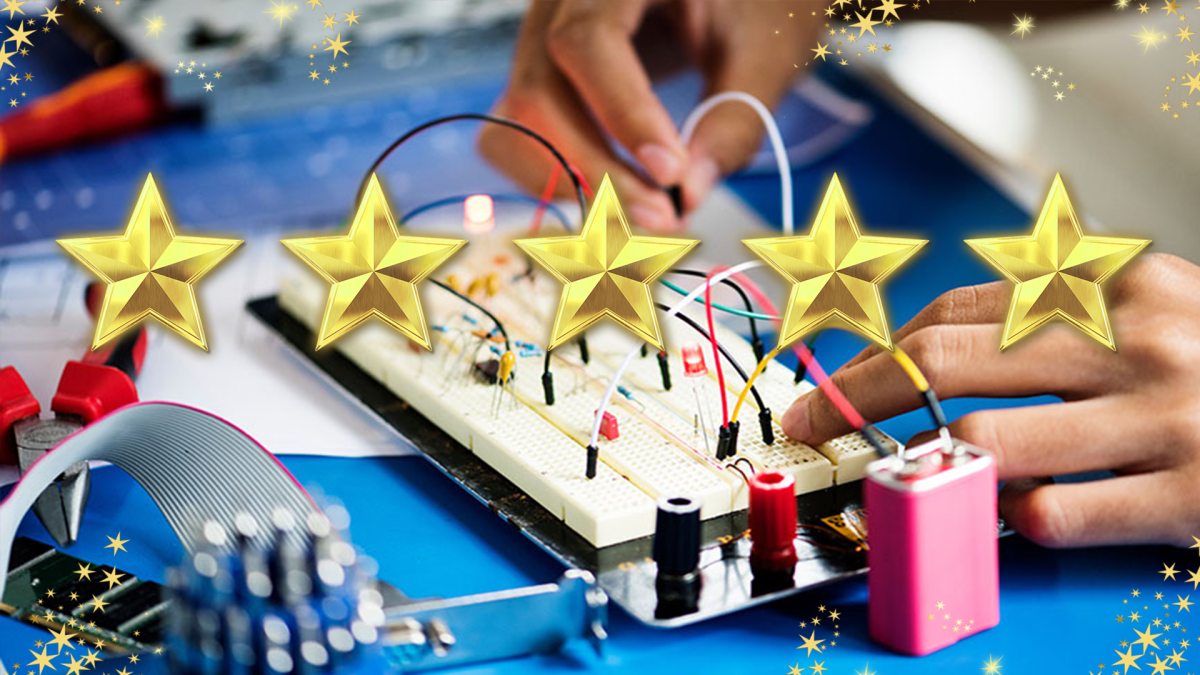Multiple-day Respiratory System lessons that cover the anatomical design of the respiratory system. Includes a basic model project to simulate breathing action and diaphragm. Includes muscles of the
This lesson is day 3 of a 3-day plan. Students use outside resources to modify and test helmet effectiveness with pocketlab sensors. In this hands-on lesson, students will create a prototype and run
In this engaging lesson, students will use Sphero robots and a Solar System map to learn intermediate level solar system geography. Students program the robots to move from one location on the map to
This is a fun and engaging lesson where students work individually, or with a partner, to build a treehouse. Creativity and collaboration among students in my 4th grade STEAM Club were evident in the
Students will learn the principles of flight while also incorporating the Engineer Design Process as they construct gliders using pressed Styrofoam. In this hands-on lesson, students read a book about
In this engaging lesson, students will develop an understanding of how solar panels convert sunlight into electrical energy. They will investigate factors affecting the amount of electricity generated
Students will gain knowledge about Arizona's geography, culture, and history through the book "Santa is Coming to Arizona." Students will develop basic programming and problem-solving skills by
This is a simple lesson that explores the science behind pendulums. Students make a basic pendulum to explore the variables of mass and string length, and compare results to their knowledge of the
Teachers will be introduced to the VEX V5 Robotic Platform. We will start with an Introduction to robotics and how robotics is used in industry. Students will understand the key resources they will be
This lesson plan focuses on Torque, assuming prior knowledge of Rotational motion, angular velocity, angular acceleration, Newton's Laws for linear motion. It also introduces Newton's laws for
This lesson assumes prior knowledge of basic electricity and magnetism concepts and focuses deeply on Induction. Levels adjusted 9 - 12, dual enrollment and AP Physics.
This thematic unit has four lessons which will introduce students to phenomena we encounter in the real world. Students will learn about high interest phenomenon’s through hands-on investigations
This thematic unit has four lessons which will introduce students to phenomena we encounter in the real world. Students will learn about high interest phenomenon’s through hands-on investigations
Students will build and use an anemometer to calculate wind speed and then use the wind speed to determine the affect wind has on temperature and the temperature that you feel (wind chill). Students
How do light rays reflect and refract? Does light travel at different speeds in different mediums? This lesson reviews how light waves can be reflected and refracted, and how light waves can change
Students will use their knowledge of Newton's Laws of Motion to design and build a "ski jump" for a Sphero Bolt. This activity can be used for Science, Social Studies, Engineering, and (possibly)
Featured Lesson Plans
Check out these notable lesson plans.

Explore Coal Mine Canyon's wonders! Watch a documentary, read about geology, draw the canyon, and use tech to learn about geological layers. Fun, interactive learning awaits!

Makey Makey with The Bionic Kid
Imagine how cool it would be to build a video game controller out of bananas! In this engineering design challenge, you will learn how to use everyday items and a Makey Makey kit to design a

This lesson combines ELA (reading and discussing the story), engineering (design a balloon with materials given and attach the balloon to an EdBot), and technology (code an EdBot to run the parade
